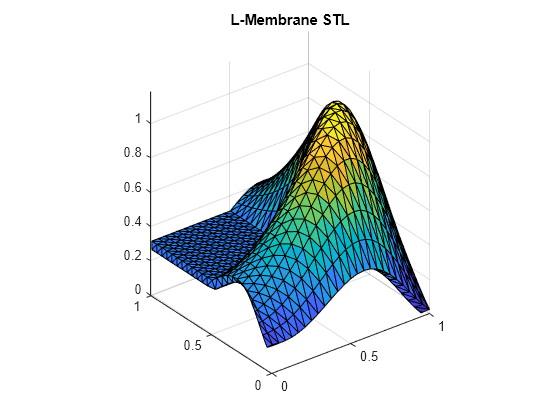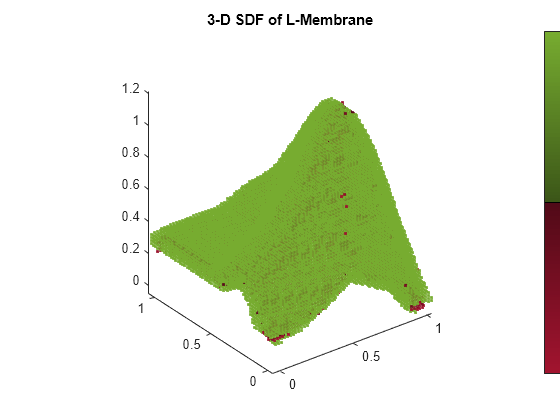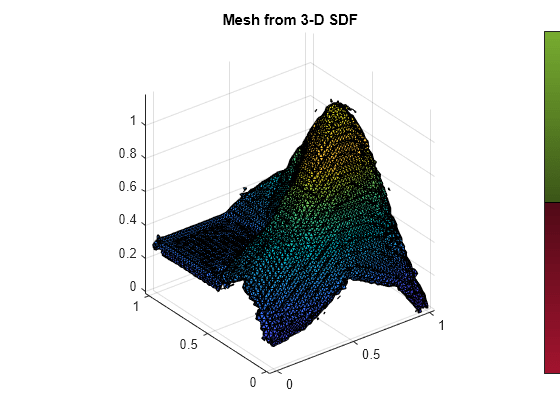insertPointCloud
Description
insertPointCloud(
inserts a point cloud into the 3-D signed distance map by casting rays from the specified
origin to each of the specified points, and updates the distance values of all voxels the
digital differential analyzer (DDA) algorithm determines each ray hits.. The
sdm3D,origin,points)FullTracing property of the 3-D signed distance map determines the
raycasting type. See FullTracing for
more information.
Examples
Input Arguments
Extended Capabilities
Version History
Introduced in R2024b


